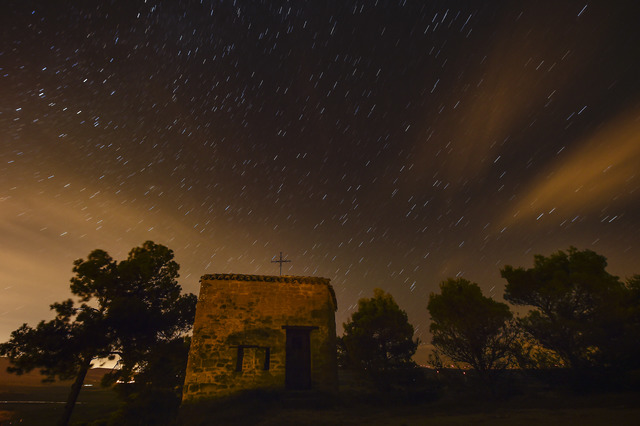The Perseid meteor shower maximum is almost upon us, and this year especially, you don’t want to miss it. ADVERTISING The Perseid meteor shower maximum is almost upon us, and this year especially, you don’t want to miss it. The
The Perseid meteor shower maximum is almost upon us, and this year especially, you don’t want to miss it.
The annual August meteor shower is one of the most prolific natural light shows of the year with up to 100 shooting stars streaking across the sky per hour at its peak.
It’s also the brightest of the annual meteor showers. In 2013 NASA declared the Perseid meteor shower the “Fireball Champion” because it had the most shooting stars that shone at least as brightly as Venus in the night sky.
This year the meteor watching should be especially good because the shower peaks between Wednesday evening and Thursday morning, coinciding with the new moon.
With no moon in the sky, even the dimmest meteors will be visible if you can get yourself far away from man-made light pollution.
“Moonlight is the bane of meteor watchers because bright moonlight washes out faint meteors,” said Alan MacRobert, senior editor at Sky and Telescope. “It is nature’s own light pollution.”
The last time the Perseids peaked at the same time as the new moon was in 2007.
The Perseids come to us courtesy of the comet Swift-Tuttle, which makes a complete orbit around the sun once every 133 years. As the comet flies through space it sheds bits of material from its nucleus. Over time, its orbit has turned into a ring of dusty debris.
Each August the Earth’s orbit takes it through a small section of this ring, causing stray bits of comet dust to slam into our atmosphere at 37 miles per second.
Most of these cometary particles are about the size of a grain of sand, but the force of their impact heats up the air around them enough to make streaks of light shoot across the sky.
Most of these streaks will last for less than a second, but a few of the brighter ones will leave trails of vaporized gases and glowing air molecules that could take up to a few seconds to fade, according to the Royal Astronomical Society.
This year the first Perseid meteors could be seen at the end of July, and they will continue to bombard Earth through Aug. 26, according to NASA. However, the Earth goes through the most dense part of the stream early in the morning on Aug. 13, which makes this the prime time for viewing.
The best way to see the meteor shower is to get as far away from city lights as possible. Those who hoped to watch the meteor shower from a backyard in a city like Los Angeles will likely be disappointed, MacRobert said.
“With that kind of light pollution only the brightest ones will show through,” he said. “You might have a long, long wait between them, while under a dark sky you might see one a minute.”
Once you find your dark place, give your eyes at least 20 minutes to adjust to the dark. Avoid looking at cellphones or using flashlights while you are watching for meteors, it will ruin your night vision. If you do need light, consider using a red light.
Don’t bother with a telescope or binoculars, it will only limit your view of the sky. And if you are wondering where to look, the answer is anywhere.
“People ask me what direction to look and the answer is ‘up,’” said MacRobert. “Keep your eyes on whatever part of the sky is darkest — probably overhead.”
The height of the shower takes place between 3 a.m. and dawn Pacific time, but it is possible to see Perseids as early as 10:30 p.m. Pacific time, said Bill Cooke, head of NASA’s Meteoroid Environment Office. The shower will keep getting better as the night goes on.
As you are watching, you might keep in mind that the people of Earth have been enjoying these late summer fireworks for centuries.
“Back in the medieval times the Perseids were called the tears of St. Lawrence because they are seen around the anniversary of the saint’s martyrdom — so that dates them,” MacRobert said.



